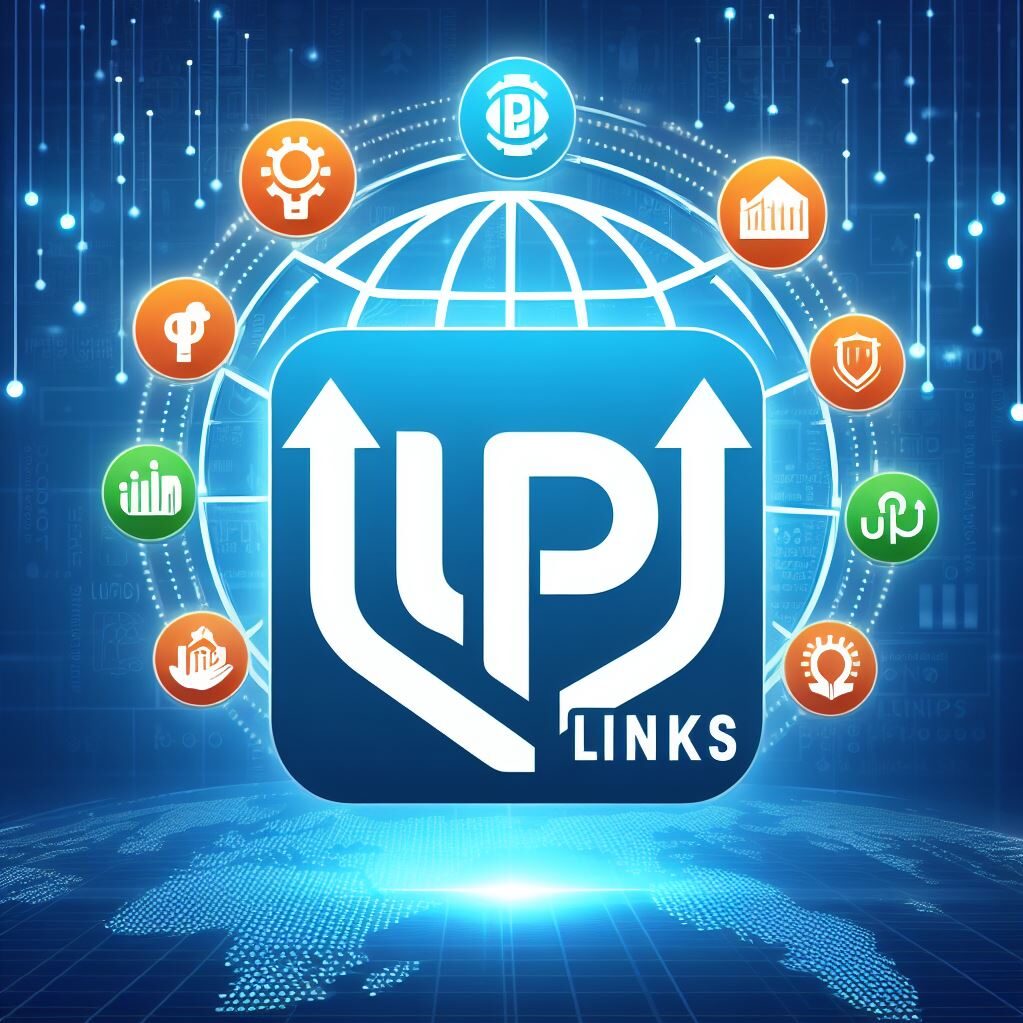Mumbai/ Bengaluru: Google Pay has been ramping up its India presence with the launch of new services to take on peers PhonePe and Paytm in the fast-growing digital payments market. Unified Payments Interface (UPI) transactions on Google Pay have grown by almost 22% in the past three months to gain nearly 34% of the market share, second only to arch rival PhonePe.
In an interaction with Mint, Ambarish Kenghe, vice-president, product management, Google Pay, shares his views on the National Payments Corporation of India’s move to cap the market share of UPI apps to 30%, investments in payment infrastructure and new areas of growth. Edited excerpts:
Google Pay has voiced its concerns over UPI market cap. What have you been relaying to NPCI? Also, what is your take on zero merchant discount rates (MDR)?
On market cap, we have always stood for competition. And, it’s very early, so we want to make sure there is enough competition and that’s a good thing.
On the question of sustainability, I definitely think that we need to make the (UPI) ecosystem sustainable. There are various ways, and I think it’s hard to say whether MDR is the right way of doing it or if there are other means.
India has always innovated and leapfrogged. So, I do not know whether we will evolve with MDR, or in any other way. But we need to make it (UPI) more sustainable and find ways as we want to figure this out. (MDR is the percentage charged to merchants by payments firms for processing digital payments).
Will you be bringing down your market share to meet NPCI norms?
The way it (market cap) is designed, there is time before it applies. It is the Indian rules we play by. So, right now there is a plan being put in place, where we work with NCPI and others once the market cap kicks in. The piece we are concerned about is that once it (market cap) gets applied, users should not be impacted. That is Google Pay’s biggest concern. So, we are working with the ecosystem. (Last November, NPCI, which operates UPI, decided to impose a market cap, where payments firms can process a maximum of 30% of UPI transaction volumes in the preceding three months.)



